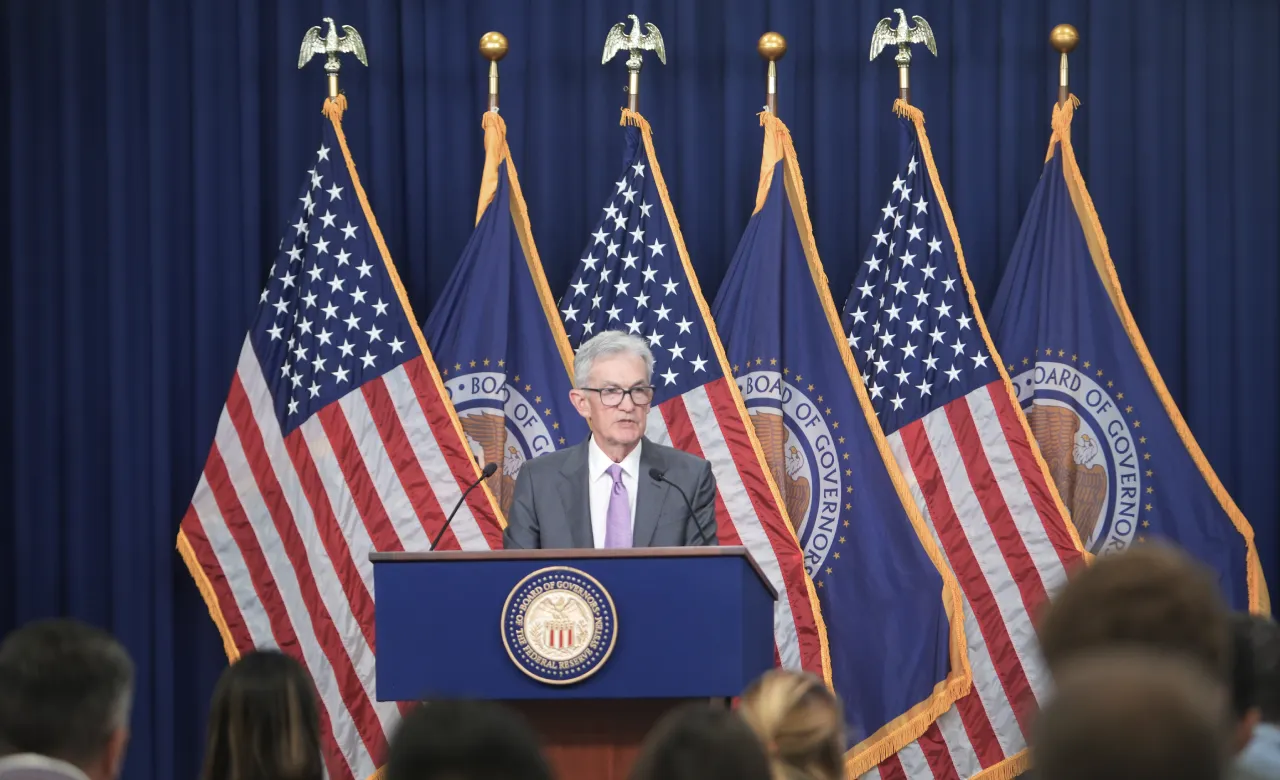What is Negative Inflation?
Negative inflation is a situation in which prices are decreasing rather than increasing, resulting in a negative inflation rate. This can happen when there is a surplus of goods and services in an economy and not enough demand to purchase them, causing prices to decrease.
Whether negative inflation is good or bad for an economy depends on the specific circumstances and context, with potentially positive effects including increased consumer spending, reduced debt burden, and encouraged investment, and negative effects including decreased business revenue, discouraged saving, and decreased consumer and business confidence.
Ultimately, the impact of negative inflation on an economy depends on the ability of the government and central bank to effectively manage the situation.
When Negative Inflation Occurs?
Negative inflation occurs when there is a decline in the general price level of goods and services in an economy, leading to a negative inflation rate. These are some of the factors that can contribute to negative inflation in an economy:
Overproduction: An excessive supply of goods and services relative to demand can drive down prices.
Weak demand: A lack of consumer demand for goods and services can force sellers to lower their prices to make their products more appealing.
The decline in commodity prices: A fall in the prices of raw materials such as oil and natural gas can lead to lower prices for consumer goods and result in negative inflation.
Central bank actions: Central banks can use monetary policies, such as lowering interest rates, to increase the money supply and stimulate the economy, which can lead to a decline in prices.
Economic recession: During a recession, consumer demand decreases, and companies may respond by lowering prices to stimulate sales.
Is that Negative Inflation Good or Bad?
Whether negative inflation is good or bad for an economy depends on the specific circumstances and context:
Good:
- Boosts consumer spending: Negative inflation increases the purchasing power of consumers, as goods and services become cheaper, encouraging them to spend more.
- Reduces debt burden: Negative inflation reduces the real value of debt, making it easier for individuals and businesses to repay their debts.
- Encourages investment: If prices are falling, it can make sense for investors to hold off on buying goods and services until they become cheaper, potentially leading to increased investment.
Bad:
- Decreases business revenue: Negative inflation can reduce business revenue, as they have to sell their goods and services at lower prices. This can lead to decreased production and investment.
- Discourages saving: Negative inflation reduces the purchasing power of savings, making it less attractive for people to save their money.
- Can signal an economic downturn: Negative inflation can indicate a slowdown in an economy and decrease consumer and business confidence, further damaging economic growth.
Overall, negative inflation can have both positive and negative effects on an economy, and the overall impact depends on the specific circumstances and the ability of the government and central bank to manage the situation effectively.



